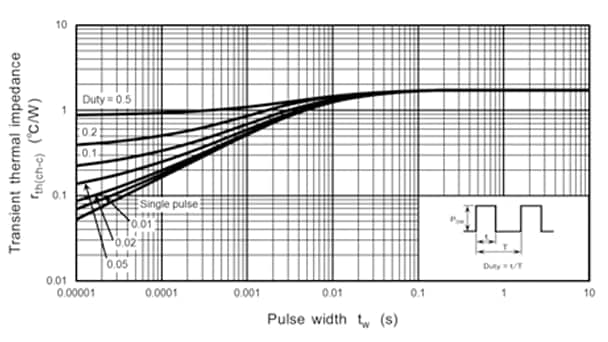- 半導體首頁
-
應用Automotive
Body Electronics
xEV
In-Vehicle Infotainment
Advanced Driver-Assistance Systems (ADAS)
Chassis
IndustrialInfrastructure
BEMS/HEMS
Factory Automation
Commercial Equipment
Consumer/PersonalIoT Equipment
Healthcare
Wearable Device
Mobile
Computer Peripherals
-
產品車用元件
Discrete Semiconductor
Diodes
電晶體
通用邏輯IC
Analog Devices
Digital Devices
Wireless Devices
※
: Products list (parametric search)
功率半導體※
: Products list (parametric search)
隔離器/固態繼電器Photocouplers
Digital Isolators
※
: Products list (parametric search)
MOSFETsIGBTs/IEGTs雙極性電晶體※
: Products list (parametric search)
Diodes※
: Products list (parametric search)
微控制器馬達驅動 ICs智能功率 ICs※
: Products list (parametric search)
電源管理 ICs線性 ICs※
: Products list (parametric search)
通用邏輯 ICs線性影像感測器其他產品其他產品
※
: Products list (parametric search)
-
開發/設計支援
開發 / 設計支援
-
技術知識
- 購買管道
- 型號 & 關鍵字搜尋
- 交叉搜尋
- 參數搜尋
- 線上庫存查詢跟購買
This webpage doesn't work with Internet Explorer. Please use the latest version of Google Chrome, Microsoft Edge, Mozilla Firefox or Safari.
型號需要超過三個文字以上 Search for multiple part numbers fromhere.
The information presented in this cross reference is based on TOSHIBA's selection criteria and should be treated as a suggestion only. Please carefully review the latest versions of all relevant information on the TOSHIBA products, including without limitation data sheets and validate all operating parameters of the TOSHIBA products to ensure that the suggested TOSHIBA products are truly compatible with your design and application.Please note that this cross reference is based on TOSHIBA's estimate of compatibility with other manufacturers' products, based on other manufacturers' published data, at the time the data was collected.TOSHIBA is not responsible for any incorrect or incomplete information. Information is subject to change at any time without notice.
型號需要超過三個文字以上
Are the drain current ID and IDP (absolute maximum ratings) constant to temperature?
The allowable range of drain current is not constant with respect to temperature, and depends on the ambient temperature (package temperature) and heat dissipation condition (thermal resistance).
The thermal resistance of the package and the maximum channel temperature listed in the datasheet are largely related to the allowable range for each product. In addition, there may be limitations due to the current capability of the package and the safe operation area.
The drain current ID・IDP listed in the datasheet are specified under ideal heat dissipation conditions of 25°C ambient. ID indicates the maximum rating of the forward-drain current when DC is applied. IDP is rated for the forward drainage current at the specified pulse width.
These currents are set so that the channel-temperature does not exceed Tch (max) when MOSFET is operating in the on-region (linear region) under specified conditions.
PRloss of power dissipation due to the drain-to-source on-resistance, RDS(ON) is the major factor causing MOSFET to rise in the on-region.
As an example, find the forward drain current ID when DC current is applied.
The loss PRloss due to the on-resistance RDS(ON) is given by the following equation.
PRloss = RDS(ON) x ID2
Assuming that the thermal resistance of the product is Rth(ch-c), the temperature rise ΔT due to the heat generated by the loss is given by the following equation.
ΔT = PRloss x Rth(ch-c)
The channel temperature is obtained by adding ΔT to the case temperature TC during MOSFET operation, so the following equation must be satisfied.
Tc + ΔT < Tch(max)
Solving the above formula for the ID gives: IDP can be considered in the same way.


The following documents have relevant information: Use this as a reference.

